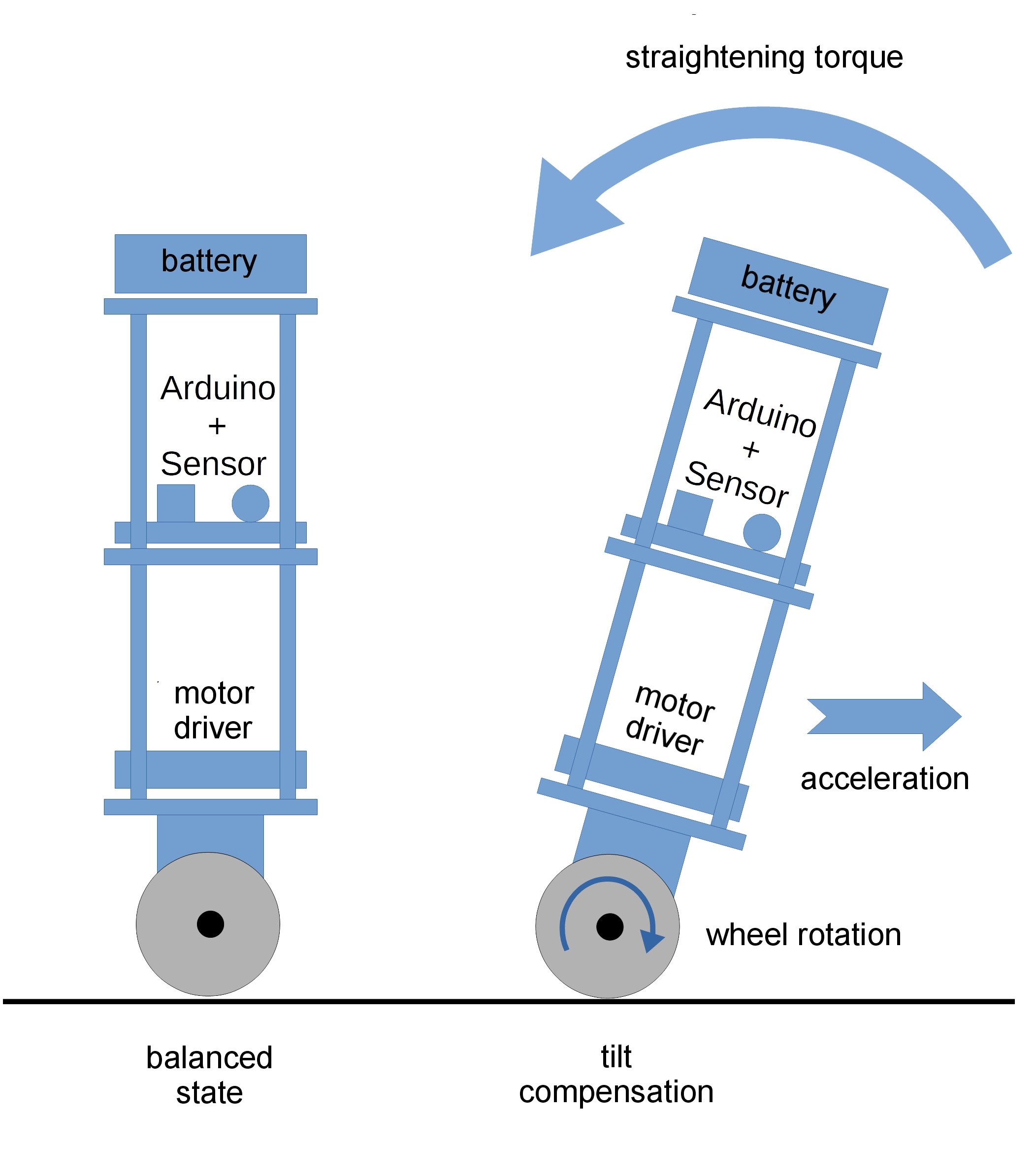Introduction

Robots have become an integral part of modern society, from industrial automation to service robots in healthcare and hospitality. One of the essential aspects of robotics is balance, which enables robots to maintain stability and perform tasks efficiently. Robot balance is a complex phenomenon that involves various disciplines, including physics, mechanics, and computer science. In this article, we will delve into the world of robot balance, exploring its principles, types, and applications.
Principles of Robot Balance
Robot balance is based on the concept of equilibrium, which refers to the state of balance between opposing forces. In robotics, balance is achieved by controlling the center of gravity (CoG) of the robot, which is the point where the weight of the robot can be considered to be concentrated. The CoG is influenced by factors such as the robot’s design, weight distribution, and external forces like friction and gravity.
To maintain balance, robots use various sensors and algorithms to monitor their orientation and adjust their movements accordingly. The most common sensors used for balance control are:
- Gyroscopes: Measure the robot’s angular velocity and orientation.
- Accelerometers: Measure the robot’s linear acceleration and vibration.
- Force sensors: Measure the forces acting on the robot, such as ground reaction forces.
These sensors provide feedback to the robot’s control system, which uses algorithms to adjust the robot’s movements and maintain balance. The control system can be based on various techniques, including:
- PID (Proportional-Integral-Derivative) control: A widely used control algorithm that adjusts the robot’s movements based on the error between the desired and actual states.
- Model predictive control: A control algorithm that uses a model of the robot’s dynamics to predict and adjust its movements.
Types of Robot Balance
There are several types of robot balance, including:
- Static balance: Maintaining balance in a stationary position, such as a humanoid robot standing on two legs.
- Dynamic balance: Maintaining balance while moving, such as a robot walking or running.
- Quasi-static balance: Maintaining balance in a slow-moving environment, such as a robot navigating a rough terrain.
Each type of balance requires different control strategies and sensor configurations. For example, static balance may require more precise control of the robot’s orientation, while dynamic balance may require more robust control of the robot’s movements.
Applications of Robot Balance
Robot balance has numerous applications in various fields, including:
- Humanoid robotics: Humanoid robots, such as Atlas and Pepper, use balance control to maintain stability and perform tasks like walking and grasping.
- Service robotics: Service robots, such as Roomba and Neato, use balance control to navigate and clean surfaces.
- Industrial robotics: Industrial robots, such as robotic arms and grippers, use balance control to perform tasks like assembly and material handling.
- Autonomous vehicles: Autonomous vehicles, such as self-driving cars and drones, use balance control to maintain stability and navigate through environments.
Challenges in Robot Balance
Despite significant advances in robot balance, there are still several challenges that need to be addressed, including:
- Sensing and perception: Accurate sensing and perception of the environment are crucial for robot balance, but can be affected by factors like noise, lighting, and weather conditions.
- Control and planning: Control and planning algorithms for robot balance need to be robust, efficient, and adaptable to changing environments.
- Hardware and design: The design and hardware of robots can significantly impact their balance, with factors like weight distribution, center of gravity, and stability margin influencing their ability to maintain balance.
FAQ
Q: What is the most important factor in achieving robot balance?
A: The most important factor in achieving robot balance is the control system, which must be able to adjust the robot’s movements in real-time to maintain stability.
Q: Can robots balance on uneven surfaces?
A: Yes, robots can balance on uneven surfaces by using sensors and control algorithms to adjust their movements and maintain stability.
Q: How do robots maintain balance in dynamic environments?
A: Robots maintain balance in dynamic environments by using a combination of sensors, control algorithms, and feedback systems to adjust their movements and respond to changing conditions.
Q: What are the main applications of robot balance?
A: The main applications of robot balance include humanoid robotics, service robotics, industrial robotics, and autonomous vehicles.
Q: What are the challenges in achieving robot balance?
A: The challenges in achieving robot balance include sensing and perception, control and planning, and hardware and design limitations.
Conclusion
Robot balance is a complex and multidisciplinary field that involves the integration of physics, mechanics, and computer science. By understanding the principles, types, and applications of robot balance, we can develop more advanced and sophisticated robots that can interact with and adapt to their environments. While there are still significant challenges to be addressed, the potential benefits of robot balance are enormous, with applications in fields like healthcare, manufacturing, and transportation. As robots become increasingly common in our daily lives, the importance of robot balance will only continue to grow, driving innovation and advancement in this exciting and rapidly evolving field.
In summary, robot balance is a critical aspect of robotics that enables robots to maintain stability and perform tasks efficiently. By exploring the principles, types, and applications of robot balance, we can better understand the technology behind stable robotics and develop more advanced robots that can interact with and adapt to their environments. With ongoing research and development, robot balance will continue to play a vital role in shaping the future of robotics and its applications in various fields.
Closure
Thus, we hope this article has provided valuable insights into The Science of Robot Balance: Understanding the Technology Behind Stable Robotics. We hope you find this article informative and beneficial. See you in our next article!
